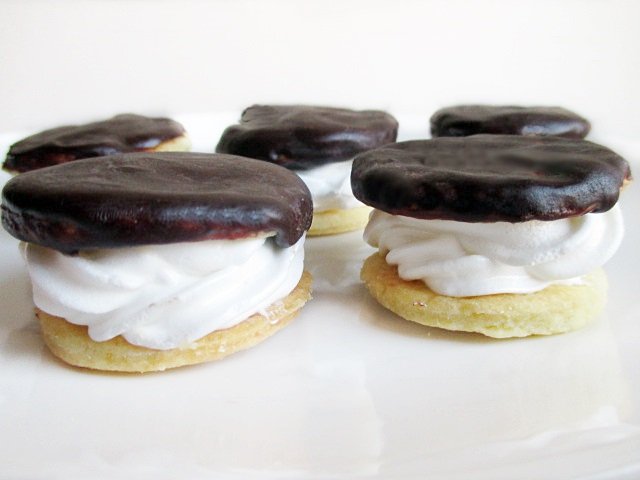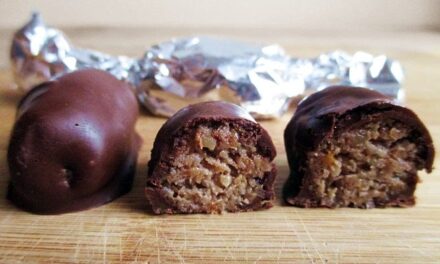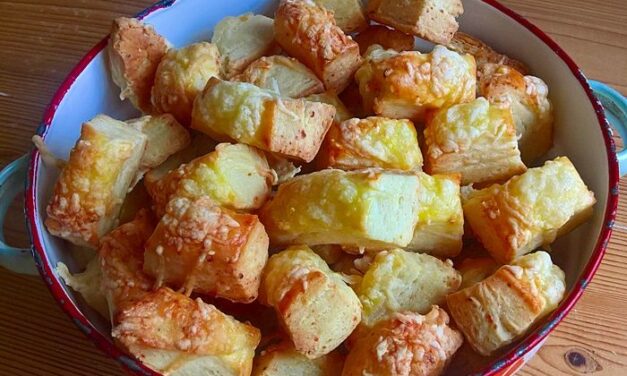The Hungarian isler filled with royal icing (habos isler), apart from its shape and the chocolate glaze, has nothing to do with its namesake, the traditional Austrian ischler. This cookie is a rarity from Szolnok, a town that lies at the confluence of the Tisza and Zagyva rivers, in the heart of the Great Hungarian Plain. Many people visit the riverside town just to buy habos isler. The number of its devotees is increasing steadily, the fame of the Hungarian foamy isler has also gone beyond borders.
The story
This special royal icing confection was dreamed up by László Hegedűs, a confectioner who worked at the sometime Kádár’s pastry shop in Szolnok. He was brooding over a solution how to use leftover egg whites when the idea came to his mind. He whipped the egg whites with hot sugar syrup until stiff and stabilized it with a dash of vinegar. He used butter pastry at first, but it hardened quickly, so he decided to pipe the royal icing between linzer rounds, which became softer in time.
The glaze
Coating was an open question long; at the beginning Hegedűs dipped the cookies into melted chocolate, but later he switched to fondant flavoured and coloured with caramel, which is used to this day. Good to know that the glaze remains colorful and shiny, if the the pastry is spread with hot apricot jam and fondant is poured onto this jam layer.
How to make at home
The recipe of homemade foamy isler is a simplified version of the original preparation method. Instead of fondant it calls for melted chocolate. As the filling is very sweet and concentrated, I didn’t want big cookies; I used a 2 inch cutter, so the recipe yielded 35 isler cookies. According to the original recipe the whole cookie sandwich is coated with glaze, which is not so easy to carry out. But you can choose to dip only the top of the cookies into melted chocolate. I decided on the latter, so 7 ounces of bitter sweet chocolate were enough.




















0 Comments